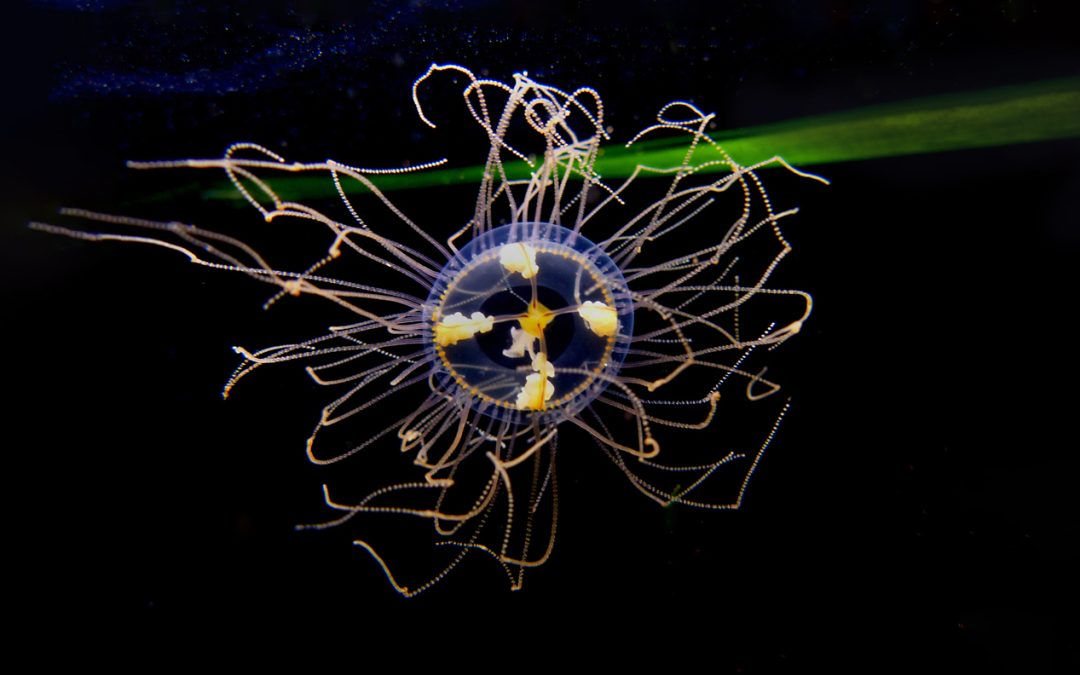
by David Young | Oct 12, 2024 | Cnidarians
The Clinging Jellyfish Authors: Solace and Zaijha Photos by D. Young Scientific name: Gonionemus vertens Size: bell is 1.5 to 2.5cm in diameter Gonionemus vertens, also known as the Clinging Jellyfish, is an invasive species in many oceans. The medusae found in the...
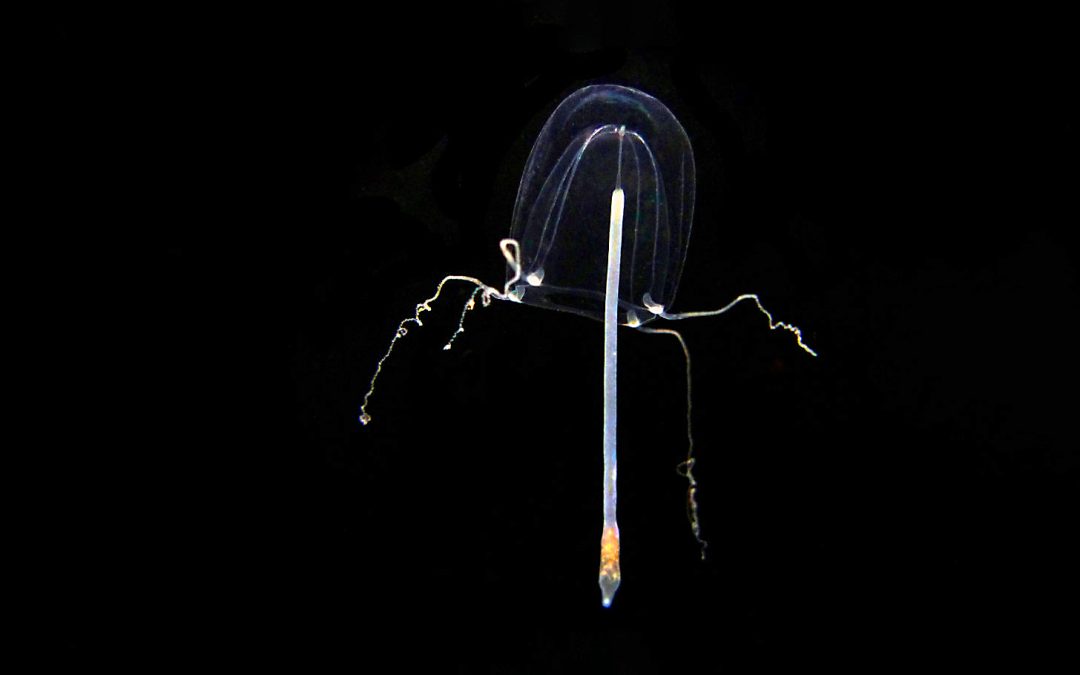
by David Young | Oct 12, 2024 | Cnidarians
Sarsia spp. Author: Bridget Laver Size: bell is 6-20mm tall. Features: The Sarsia jellyfish has a bell height of 6mm – 20mm that is marked with 4 tentacles and 4 very narrow radial canals. At the base of each tentacle is a distinct ocelli. It is transparent and...
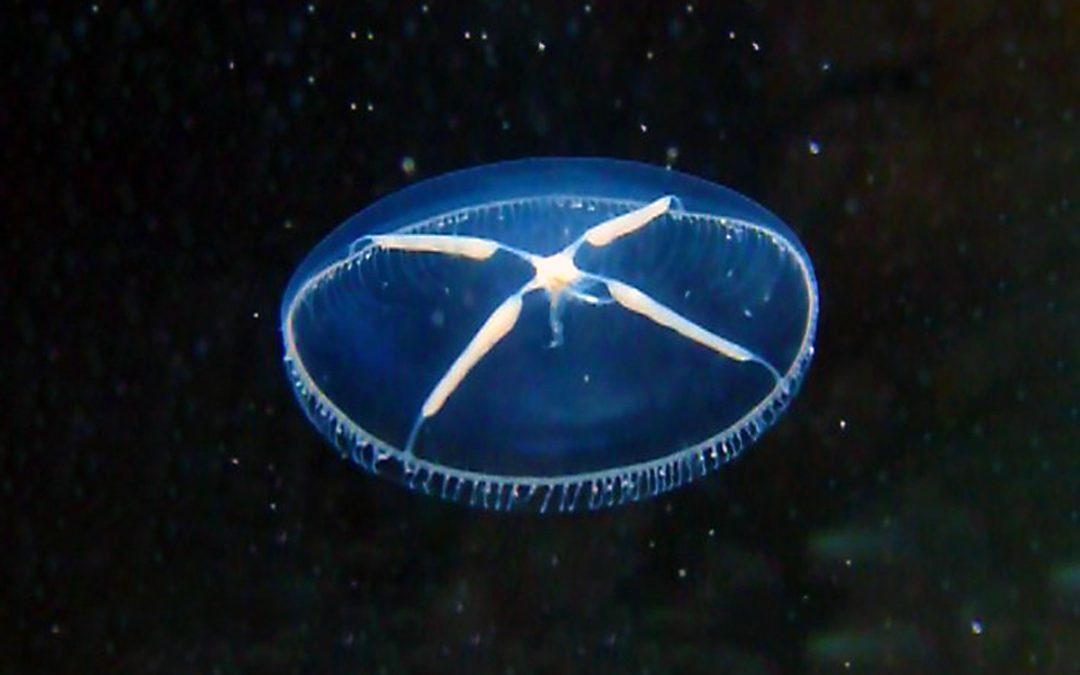
by David Young | Oct 8, 2024 | Cnidarians, Plankton
Authors: Kelsey Baker and Danielle Boutcher Scientific name: Mitrocoma cellularia Size range: to 90mm in diameter. Authors: Kelsey Baker and Danielle Boutcher Identifying features: The Cross Jellyfish (Mitrocoma cellularia) may grow to 90mm in diameter. They have up...
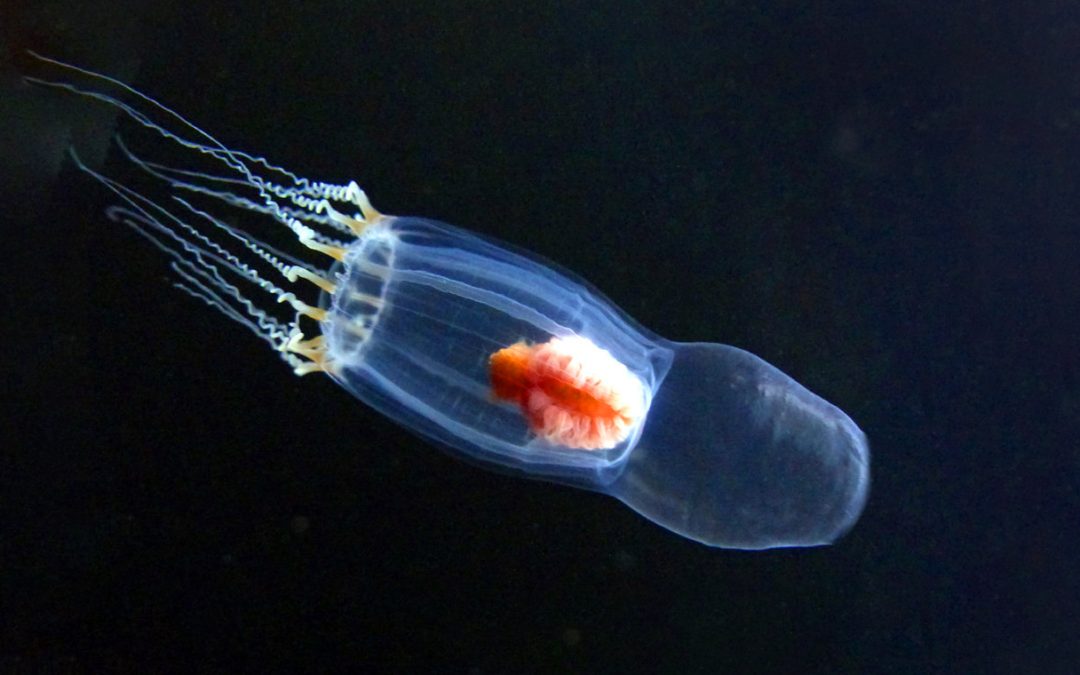
by David Young | Oct 6, 2024 | Cnidarians, Plankton
Leuckartiara spp. Author: D. Young Common Name: A member in the family Pandeidae within the order Anthomedusae of the subclass Hydromedusae. Scientific Name: Leuckartiara sp. Total length of specimen in photo is 3cm...
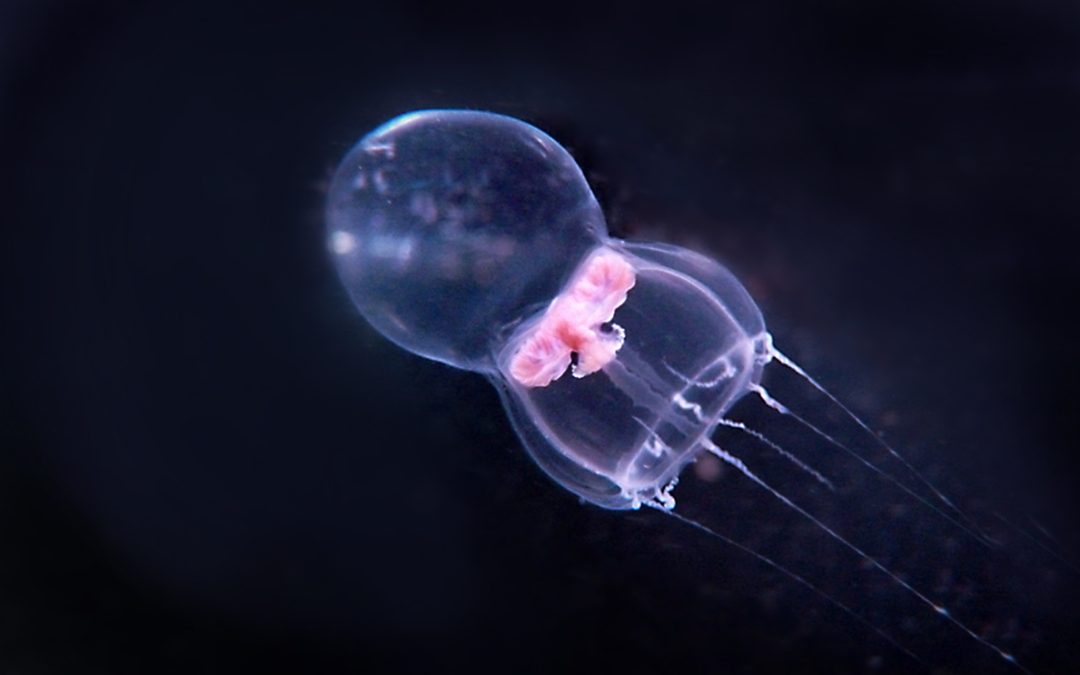
by David Young | Oct 5, 2024 | Cnidarians, Plankton
Author: Erin Henley Scientific name: Catablema nodulosa Size: up to 20mm wide. Identifying features: This species has a very distinct bell in the shape of a ball. Catablema nodulosa is a relatively newly discovered jelly fish in the class Hydrozoa. It is easily...
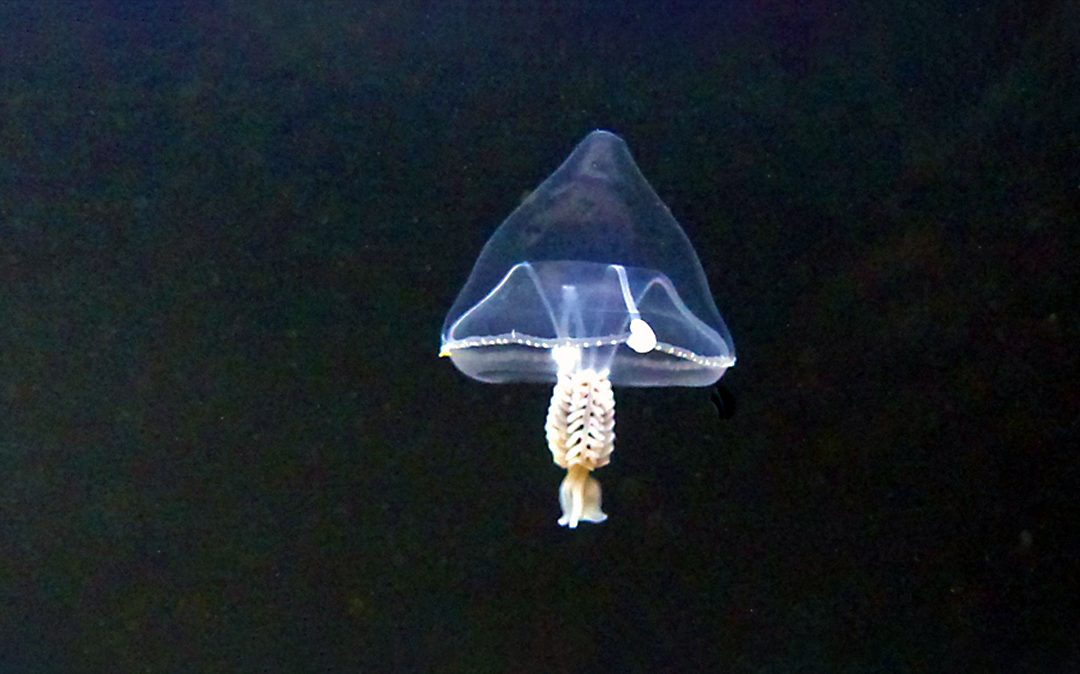
by David Young | Oct 5, 2024 | Cnidarians, Plankton
Author: Julia Traill Scientific name: Stomotoca atra Size: 25mm wide bell Distribution: The Bering Sea to Southern California. Commonly seen in the summer in Puget Sound, British Columbia, and Alaska. This hydromedusa is characterized by a long manubrium that hangs...






